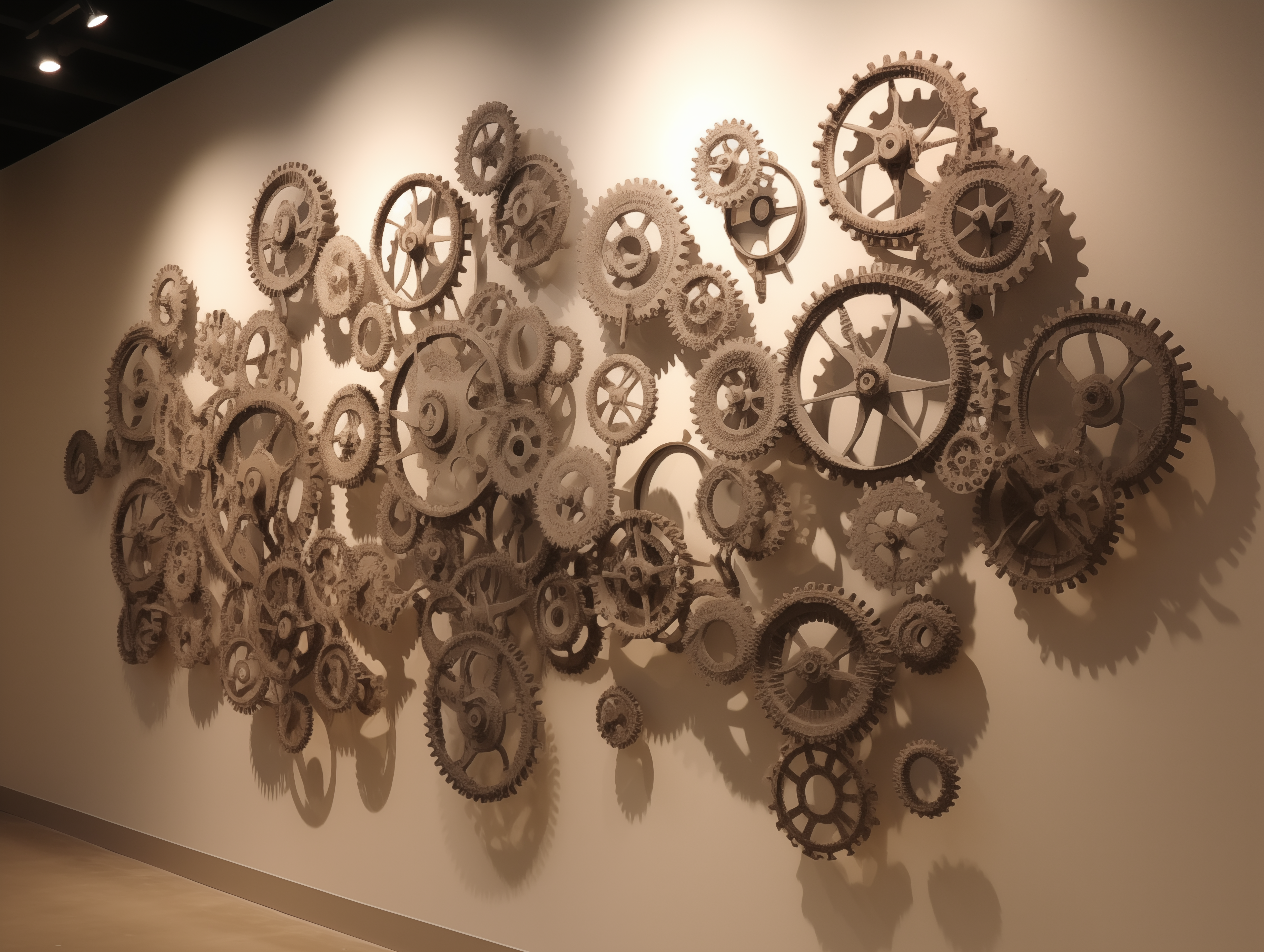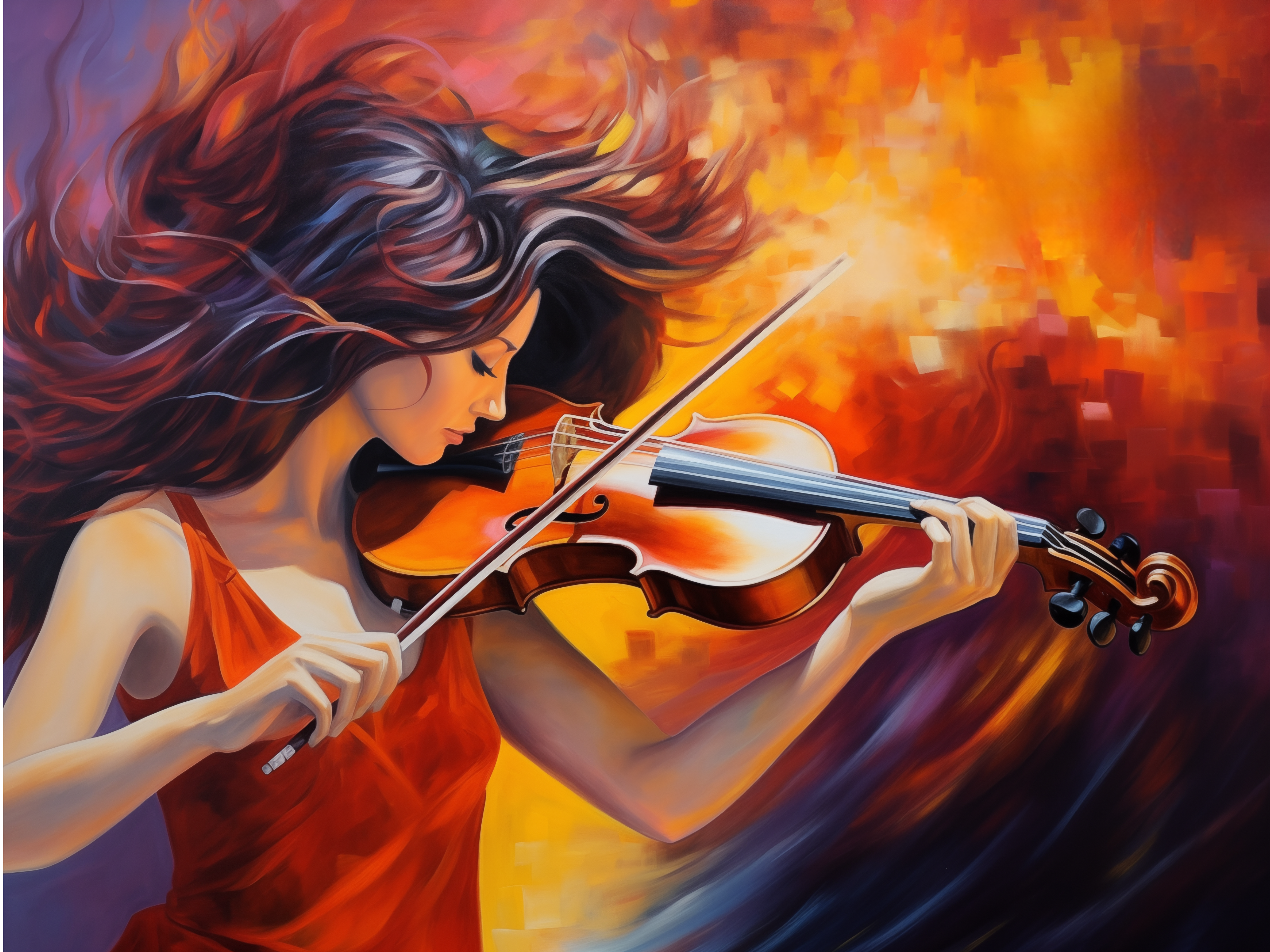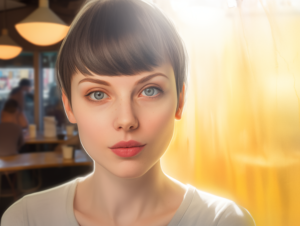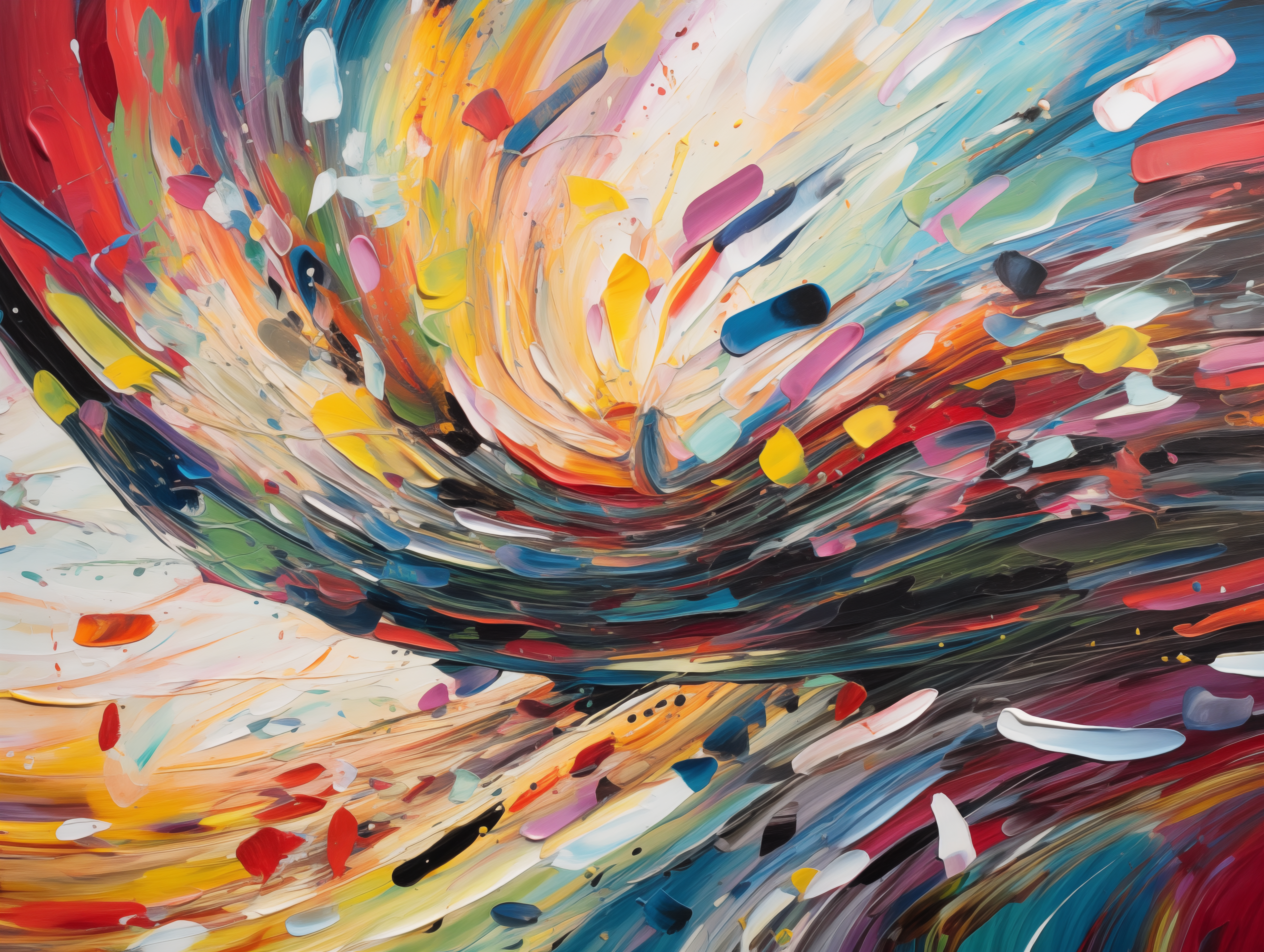Hi there! I’m Sylvia Lyn, and I have a serious love for all things creative. After spending countless hours analyzing symphonies and staring at paint-splattered canvases, I can’t help but notice how deeply intertwined music and visual art are. They’re like two best friends—one creating sound, the other creating imagery, both weaving together stories that touch the soul.
So, let’s talk about how music inspires visual art. From historical masterpieces to modern collaborations, music has always been a muse for painters, sculptors, and digital artists. Whether it’s the rhythm of a drumbeat or the haunting melody of a violin, sound has a way of transforming into color, shape, and form. Let’s dive into this fascinating connection!
Kandinsky: Hearing Color, Painting Sound
We have to start with the OG of music-inspired art: Wassily Kandinsky. Kandinsky is basically the poster child for synesthesia—a rare condition where people can “see” sounds as colors or “hear” visuals. He once said that listening to music was like watching a painting come to life in his mind. His abstract works are full of bold, chaotic shapes that seem to vibrate with energy, almost as if they’re trying to sing.
Take his piece Composition VIII. It’s wild, colorful, and feels like a jazz improvisation captured on canvas. Kandinsky believed that certain colors had specific emotional and musical qualities—yellow, for example, was sharp and playful like a trumpet, while blue was deep and soulful like a cello.
Imagine standing in front of one of his works while listening to a symphony. You’d feel the music in your bones and see it come alive in a thousand shapes and colors. That’s the power of sound meeting vision.
The Album Cover as Art
Fast forward to the 20th century, and music’s influence on visual art found a new playground: album covers. Think about it—how many iconic album covers come to mind when you think of your favorite music? The Beatles’ Sgt. Pepper’s Lonely Hearts Club Band? Pink Floyd’s The Dark Side of the Moon? These aren’t just covers; they’re art pieces that perfectly capture the sound and mood of the music inside.
Artists like Andy Warhol elevated album art to a whole new level with his design for The Velvet Underground & Nico (yes, the famous banana cover). Warhol blurred the line between pop art and music, showing how the two could exist as one cohesive experience.
Even today, album covers are mini galleries for visual artists. Digital artist Beeple, who gained fame for his NFT work, has designed visuals for musicians like Flying Lotus. These covers remind us that music isn’t just about sound—it’s an entire aesthetic experience.
The Rhythm in Modern Art
In today’s art world, music continues to play a massive role, especially with multimedia and digital installations. Artists like Olafur Eliasson and Ryoji Ikeda blend soundscapes and visuals to create immersive environments. Imagine walking into a dark room where pulsing light and deep bass notes create a surreal, otherworldly vibe. That’s music shaping art in real-time.
One of my favorite modern examples is artist Christine Sun Kim, who uses her experience as a Deaf artist to explore sound visually. She translates vibrations, rhythms, and even silence into stunning visual pieces, showing that sound doesn’t have to be heard to be felt.
How Music Sparks Visual Creativity
Okay, let’s get a bit nerdy for a second. Psychologists have studied how music impacts creativity, and the results are fascinating. Listening to music can boost your mood, which in turn makes you more open to new ideas. Tempo and tone also play a role—upbeat music might inspire bold, energetic brushstrokes, while a haunting melody might lead to softer, more introspective designs.
As someone who’s spent hours painting while blasting my favorite playlists, I can confirm that music has a way of guiding your hand. A fast beat might make you draw sharper, more aggressive lines, while a slow ballad might lead to softer, blended tones.
And it’s not just about the music itself—it’s about the feeling it creates. Artists use that emotion as a starting point, translating sound into visuals that speak just as deeply as the song itself.
Why This Connection Matters
Music and visual art are two sides of the same coin—they both have the power to evoke emotion, tell stories, and spark imagination. When the two come together, something magical happens. It’s no wonder that so many artists across history and cultures have turned to music as their muse.
The next time you’re at an art gallery, think about what kind of music might have inspired the work you’re seeing. Or, better yet, try creating something yourself. Put on your favorite song, grab a canvas or sketchpad, and let the music guide you. Who knows? You might just find your rhythm.




